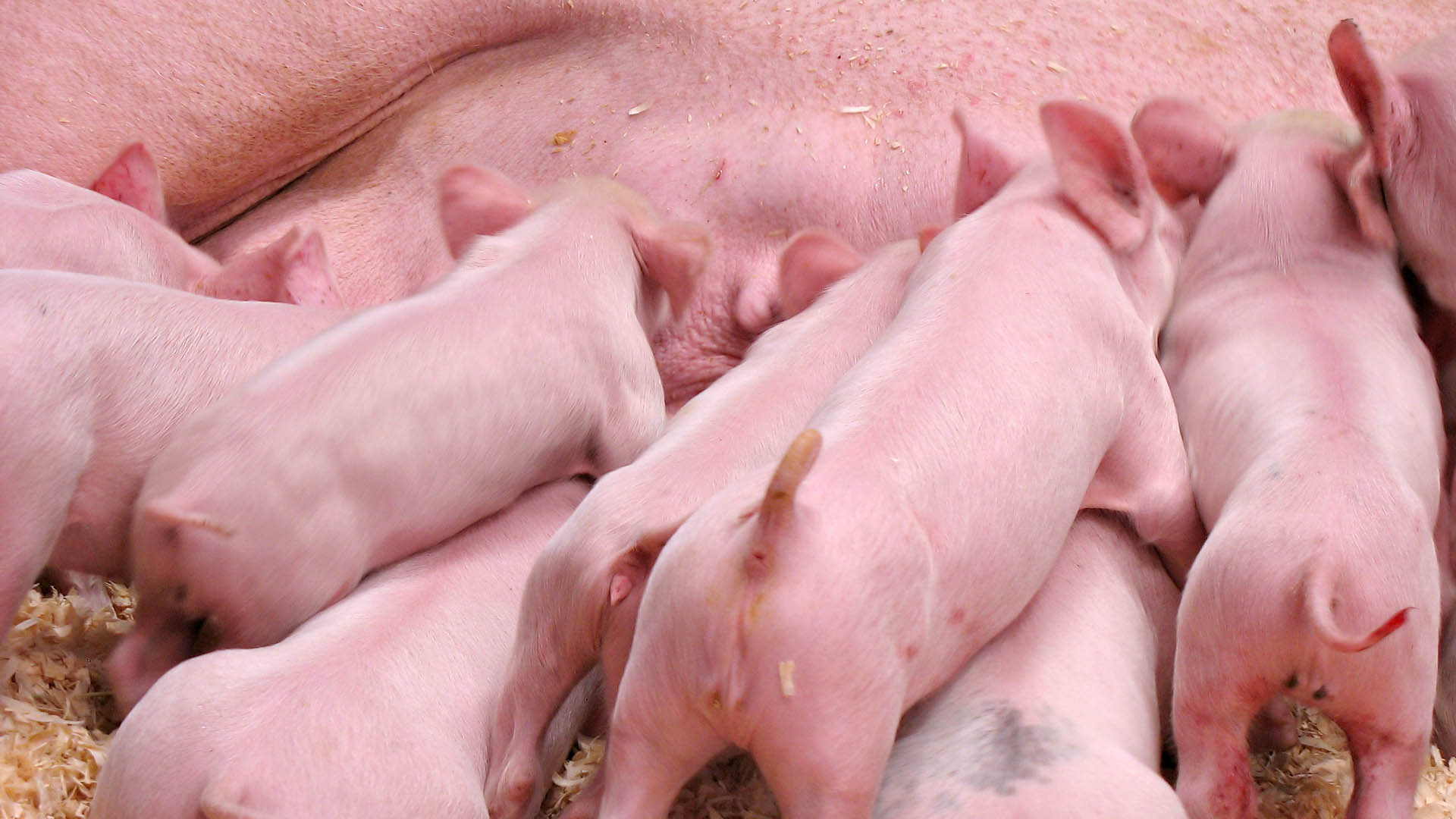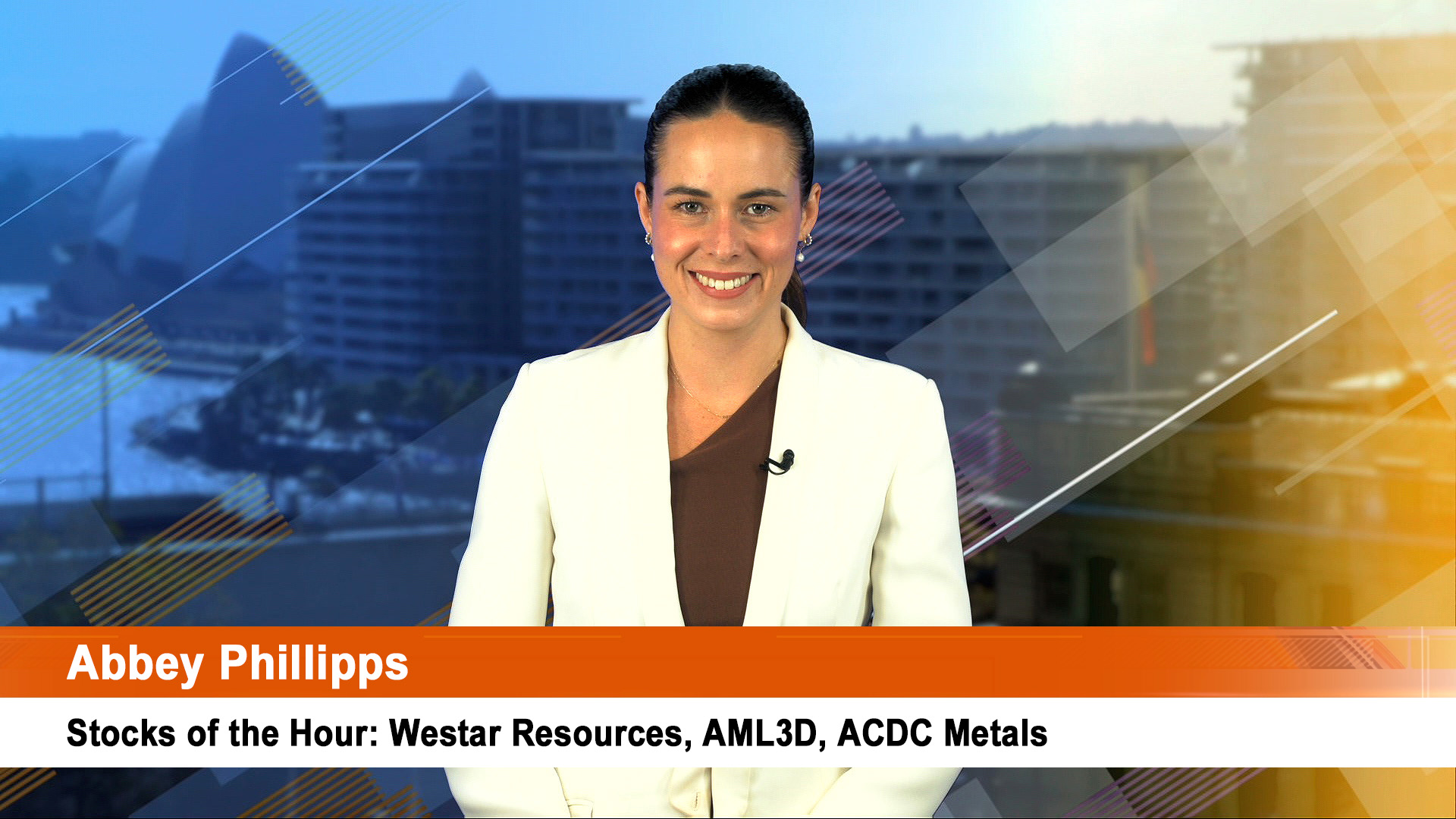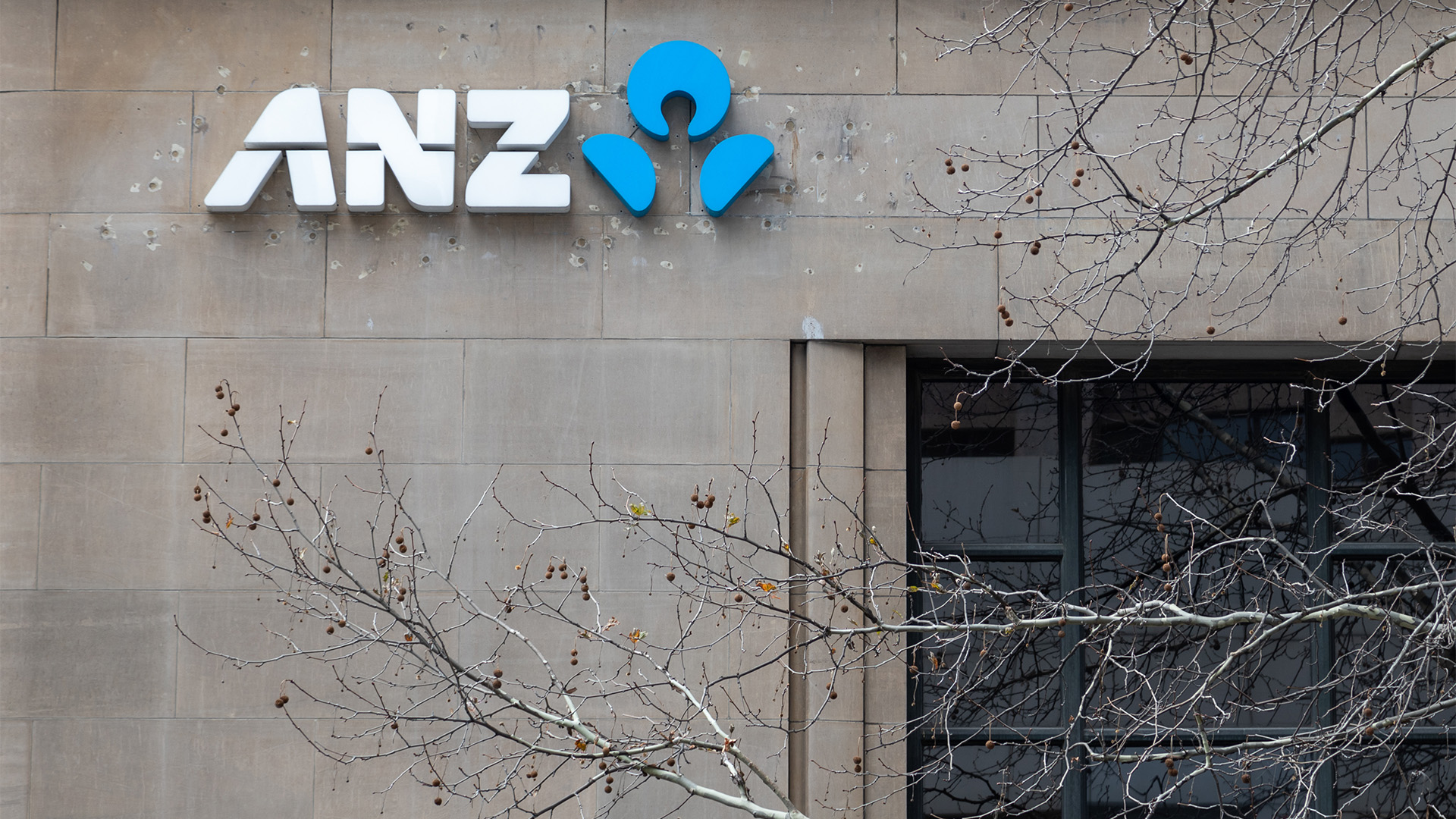
National Australia Bank shares eased yesterday after the bank revealed an interim profit report that begs the question: recession, credit crunch, what happened to it.
Sure there were higher bad debt provisions and more specific provisioning, but the bank’s earnings proved to be remarkably resilient in the face of the undeniable impacts of the credit crunch and the quickening recession.
The shares ended down 76c at $21.28 yesterday, the losses growing in the afternoon after several brokers said they didn’t like the profit.
That was a silly reaction from the market.
Compared with its peers offshore, it’s one of the best profits a bank will report in a major economy this year.
The ANZ later today won’t be as good. Only Westpac today week will come close to matching the NAB’s quality of earnings.
The result was on forecast from analysts and was much stronger than anyone would have believed had you listened to the doom and gloom merchants up to a month or so ago.
All the talk about how tough times are for our banks, and what’s the damage for the National Australia Bank in the March 31 half year?
A small 9.4% fall in cash earnings, despite sharply high provisions. In fact cash earnings rose 7.5% in Australia.
So much for all the handwringing commentary from analysts and the bank about how tough times are.
At least our banks are producing earnings from recurring businesses, including the bad debts: many banks offshore can’t earn a dollar from anywhere, while some in the US are doing it from speculating on interest rates and other products (the bad days are back again).
Total net profit dropped to $2.66 billion in the six months to March 31, from $2.69 billion in the first half of the previous year.
Cash earnings, which exclude gains from currency and interest rate movements on the bank’s debt, fell 9.4% to $2 billion.
If the NAB is any guide, our big banks are raking in money hand over fist. The problem areas are of the banks’ own making: injudicious and dud loans to the Allco’s, ABC Learning, Centro and other dodgy companies.
The NAB’s earnings were of higher quality that any of the big US banks that reported profits for the first quarter last week (JPMorgan, Goldman Sachs, Citigroup and Wells Fargo).
Banks in the US, UK, Germany and Japan are incurring losses or making money out of trading operations as they borrow cheaply from the US Federal Reserve’s funding programs and lend it out at higher rates for mortgage refinancings and corporate loans and other deals.
The small fall in cash earnings came despite a 64% plunge in profits from the bank’s UK operations, and a 50% rise in bad debt provisions $1.2 billion to $3.6 billion in the six months to the end of March.
The half year profit decline was directly attributed to an increase of $1.1 billion in the overall bad loan charge to NAB’s accounts – a figure that now stands at $1.8 billion.
NAB has now set aside $4.9 billion to cover for bad and doubtful debts over the last year as the domestic economy has slumped towards a recession. The bank said in the statement the increase in provisions reflected "a downgrade in customer credit ratings across all businesses”.
That figure contains a $500 million jump in specific bad loans to $1.3 billion and that is spread across all of NAB’s different businesses in Australia, New Zealand, the UK and – to a lesser extent – in the US.
“The fall in cash earnings reflects the tough economic conditions that continued to deteriorate as the half year progressed,” CEO, Cameron Clyne said in the statement. “We continued to grow revenue while carefully managing costs, but this was offset by increased bad and doubtful debts and higher funding costs.”
In Australia, bank cash earnings rose 7.5%, while earnings at its MLC unit dropped 28%. In the UK the Clydesdale Bank Plc and Yorkshire Bank Plc, saw cash earnings tumble 64% as the British banking sector came under enormous pressure. Strip out the MLC figures and it’s a question of crunch what crunch?
The Bank said "The Australian region grew total revenue by 9.6% with both business and retail banking recording double digit revenue growth although this was partially offset by lower wealth management revenue due to weak investment markets."
"Australia Banking cash earnings increased by 7.5% to $1.5 billion compared with the March 2008 half year. Business & Private Banking and Retail Banking both contributed. Business & Private Banking was up 7.1% to $1.0 billion and Retail Banking was up 8.6% to $0.5 billion. Revenue was 13.9% higher at $4.4 billion while expenses increased by 4.4% to $1.7 billion."
Those are the figures of a bank sailing through a recession. It may get worse, but the NAB has enough fat and earnings to ride out any storm.
The New Zealand division, which Mr Clyne previously ran before his elevation to chief executive, saw its bad debt charge reduce its cash earnings by 4.6% to NZ$228 million although revenue rose 5% to NZ$755 million.
NAB, though, did better in the US where Great Western Bank, which it bought for $800 million just over a year ago, actually increased its profits by just over a quarter to $US27 million. Great Western has so far managed to avoid the worst of the downturn in America.
As forecast, the bank hacked interim dividend 25% to save around $500 million and cut payout to shareholders to 73c a share.
In fact that was done to ‘show’ analysts and big investors that everyone had to suffer. I













